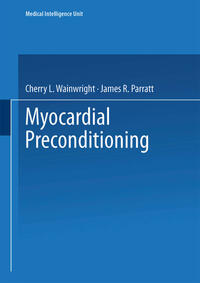
This book is about the unique ability of the heart to protect itself against the serious consequences of an abrupt reduction in blood flow to the myocardium - a phenomenon which is switched on by stress and termed myocardial preconditioning. This volume describes the main features and characteristics of preconditioning, with respect to the time-course of the protective effect of the phenomenon (first and second windows) and the different sequelae of myocardial ischaemia against which it protects, such as myocardial injury, arrhythmias and contractile dysfunction. The proposed mechanisms underlying the fascinating form of cardioprotection are discussed. Among these are the role of endogenous labile mediators, receptor-linked G proteins, ATP-sensitive potassium channels and protein kinase C activation.